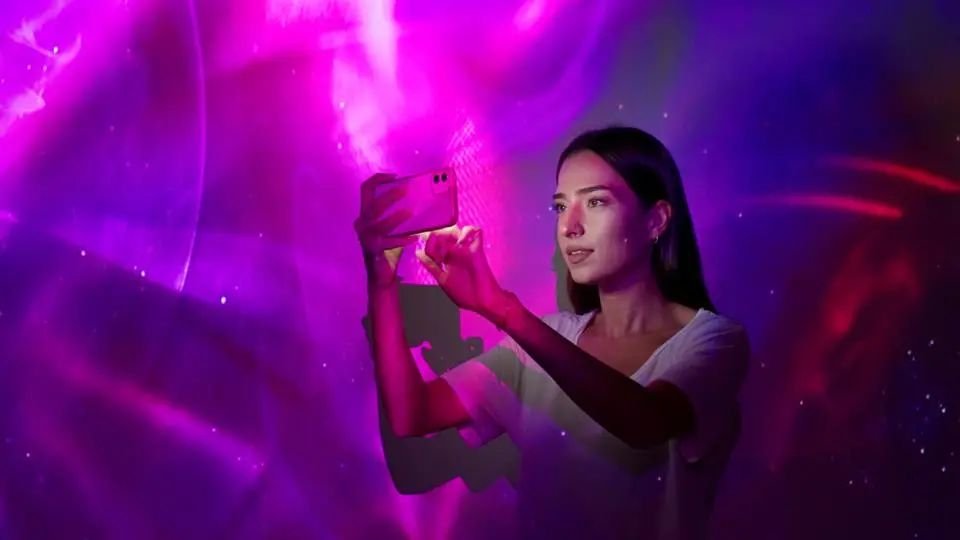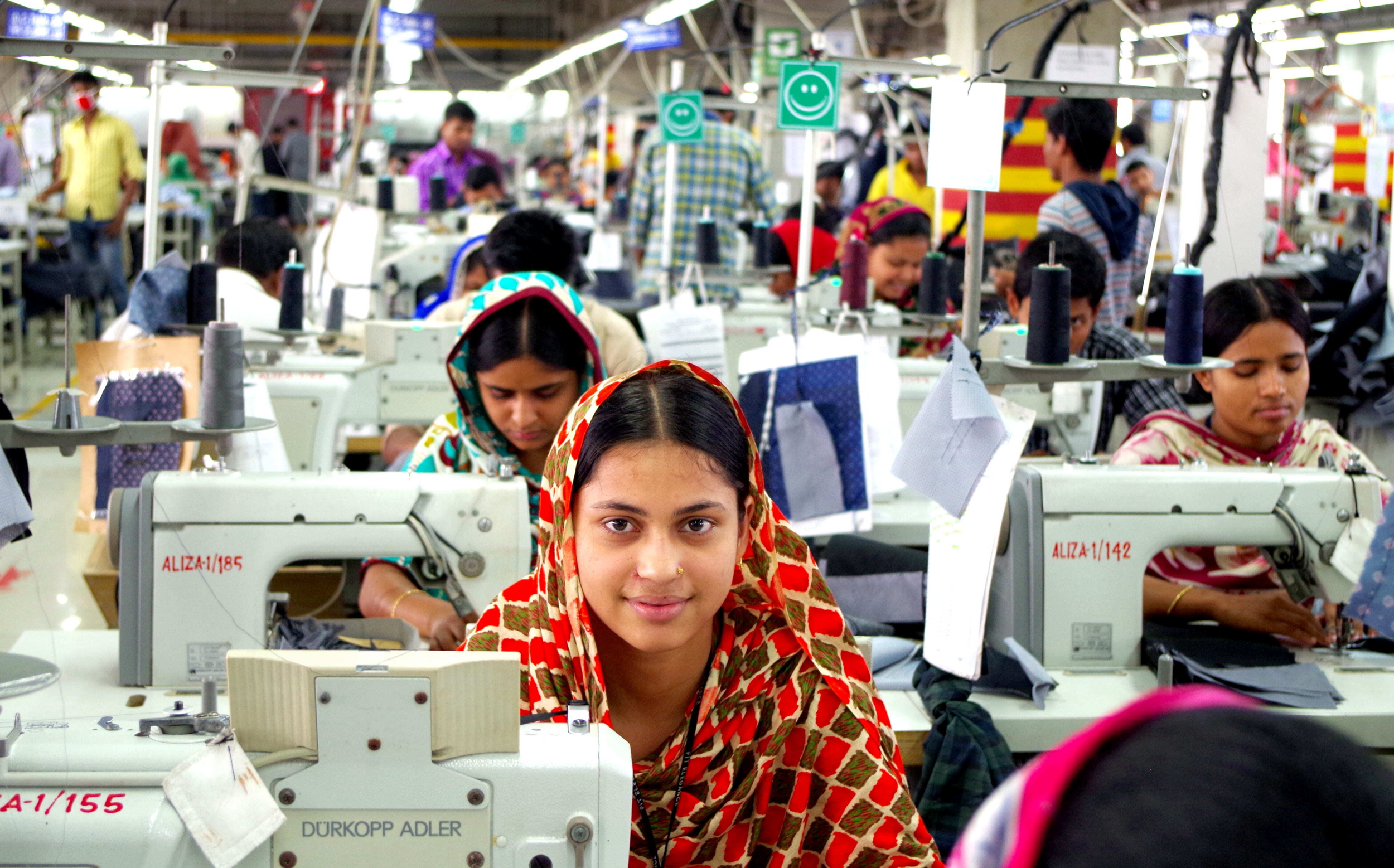Fashion: Metaverse beyond gaming
Mar 11, 2022
If we see a guy with VR goggles on, we are likely to guess that he is having fun playing a videogame. What if he was shopping? What if he is attending a business meeting or a show? If a girl stops in front of an empty shop window and starts looking at it through her phone we might think that she is shooting a picture or recording a video. What if she is checking the latest item using AR?
You might have guessed it: we are talking about metaverse: the digital spaces where users access 3D, virtual, or augmented reality to engage in immersive experiences across platforms.
Today it is still pretty hard to imagine a mainstream use of advanced kits in our everyday working life: but what about tomorrow?
According to analysts, Augmented Reality will attract 3.5 billion users globally by 2025 who will spend at least $198 Billion on AR. It comes without saying that no company in any field wants to miss its chance. And fashion makes no exception.
If we think about how restraining our reality had become during the last couple of years, it is not surprising that fashion shows were among the first big events to find the virtual option captivating. These include the all-digital Helsinki Fashion Week and the virtual reality fashion event “Fabric of Reality”. Several brands in 2020 opted for digital-only shows and presentations, including Balenciaga’s “Afterworld” and Hanifa’s all-digital runway, all in 2020.
2022: The First Fashion Week in The Metaverse
As emergency slowly turned into a “new normal”, organizations have started building upon the concept and adding metaverse elements to the catwalk experience. It happened in New York, it is happening in Paris, and on March 24th,2022 the first Metaverse Fashion Week is going to take place. In the Metaverse only, of course.
Visitors will be able to attend shows, live music sessions, visit showrooms, buy and wear items from catwalk avatars, and interact with each other for 4 days. Dozens of global brands are going to join in.
Crazy as it might sound, in fact, going digital doesn’t make real estate free. The Metaverse Fashion Week could not host all the brands who expressed their interest, as the virtual platform where it takes place, called “Decentraland”, did not have enough space. Investors have already started buying “land” to build their sales points, in a world where values and transactions happen in a crypto-market environment.
Digital Fashion Design
Associating metaverse and videogames is not just a bias. The fashion industry’s first step in this world was taken with collaboration between big brands and famous game titles. Some examples?
Balenciaga designed limited edition skins to make your “Fortnite” avatar unique. In this case, creation is completely detached from reality, allowing designers to create without boundaries.
Charlie Cohen brought the experience to the next step: a whole dedicated digital shop was created for the “Pokemon” anniversary, but it was also associated with an AR experience in physical stores. In both the real and virtual environment, it was possible to check clothes’ details, check prices, and of course purchase.
Dolce & Gabbana took another step closer to a full metaverse experience. One of their designs, in fact, was sold as an NFT: a nonfungible token whose ownership and value are secured and encrypted on a blockchain.
What is happening during the Metaverse Fashion Week - and in general the foreseen engagement of fashion companies in the metaverse game - is the possibility to buy what you see, both digitally and physically: your avatar purchases the dress as an NFT, and as you buy you can choose to have it on your avatar or to have it delivered to your door. Or both.
This is not limited to fashion shows or to the expanding market of gaming. Several fashion brands are investing in AR technology to enhance their in-shop experience, even though digital shopping is still the main trend. One of the most explored directions of this aspect is about visual: the possibility to stand out from the competition offering cool experiences, and of course to allow an online 360° high-quality view of clothes’ details. The game-changer could be what brands like Rimmel and Gap (just to mention the most popular) are trying to do, encouraging customers to use AR to try products on.
Digital. Virtual. Hybrid. Sustainable?
Does the metaverse deserve the hype? Will it change the way we interact online? This is yet to be seen, of course, but it does not need to be an epochal revolution for us to assess its potential.
Fashion Shows
A virtual show is not exclusive, which allows opening doors to a wider audience, thus meaning expanding the market. If the quality of the experience is becoming comparable to the live show, integrating a digital and a physical experience might also sensibly reduce the impact of big events. A 2020 research report on travels taken by designers and buyers when attending major fashion weeks generated 241,000 tonnes of carbon emissions. Halving those numbers wouldn’t sound bad.
Digitalwear
Virtual clothes are a thing, and NFT is their format. Avatars can wear materials that people couldn’t wear in the physical world. This means that designers’ creativity can go wild, but they are also required to think for new outputs. Companies require their team to stay up to date if they want to fulfill consumers’ expectations. It is the opportunity to open new revenue streams, but this also means finding the right partners, if not integrating new professionals in your team.
Hybrid Shopping
A staggering “40 billion items generated by the fashion industry” end up in landfills each year. As lines between reality and virtual continue to blur, could shopping online and using AR apps help to reduce that? Probably yes: offices and laboratories working on digital prototypes can reduce the number of samples going to waste. Physical shops can become pure distributors and reduce their stocks to the minimum while customers can try on their clothes in a digital fitting room and cut the distance between demand and offer.
The bet stands on two tables. The first one is about the heavy investments from big companies into the creation of quality experiences. The second one has to do with a market expansion large enough to make virtual reality equipment convenient and accessible. One thing is for sure: for the time being, it cannot be ignored.
If you want to seek more cooperation opportunities, contact us!
If you want to join our network of talents fill in our form
BETWEEN can assist you to establish links and will become your best partner on the road of future development!
“Let’s make a difference! Together”
References:
https://www.voguebusiness.com/technology/what-fashion-week-looks-like-in-the-metaverse
https://hackernoon.com/the-rise-of-digital-fashion-and-sustainability-in-the-metaverse
https://www.thefashionlaw.com/decentraland-will-host-a-metaverse-fashion-week-in-march/
https://harpersbazaar.com.au/metaverse-fashion-week-2022/#:~:text=When%20is%20Metaverse%20Fashion%20Week,Milan%2C%20London%20and%20New%20York.
https://www.citysignal.com/how-to-become-a-digital-real-estate-investor-in-the-metaverse/
https://www.vox.com/the-goods/22893254/digital-fashion-metaverse-real-clothes
https://fashionmagazine.com/style/fashion-metaverse/
https://www.dazeddigital.com/fashion/article/53877/1/digital-fashion-clothing-industry-saviour-climate-sustainability-the-sims-avatar
https://epiprodux.com/blog/how-fashion-brands-are-entering-the-metaverse/
https://www.standard.co.uk/insider/fashion/zara-to-launch-an-augmented-reality-app-in-its-stores-a3789441.html
https://harpersbazaar.com.au/fashion-metaverse/




















